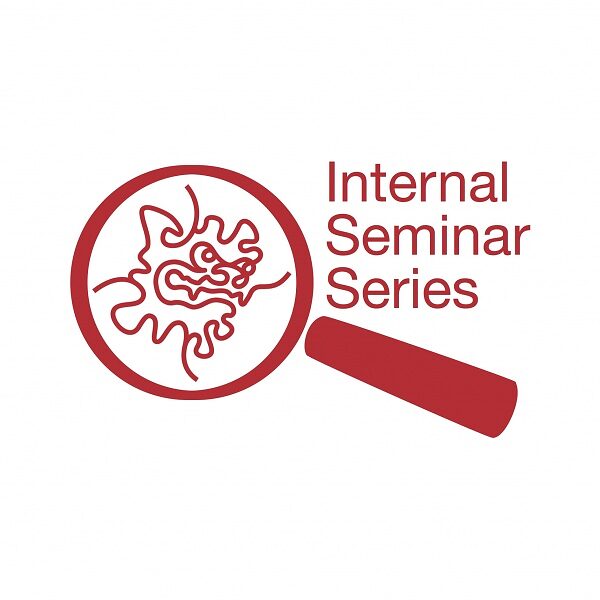Internal Seminar: Jenke-Kodama Unit and Van Vactor Unit

Date
Location
Description
Join us for November's 2nd Internal Seminar Series, from 17:00 to 18:00 in B503. This month's seminars feature the Microbiology and Biochemistry of Secondary Metabolites Unit (Holger Jenke-Kodama) and the Formation and Regulation of Neuronal Connectivity Unit (David Van Vactor).
Microbiology and Biochemistry of Secondary Metabolites Unit (Holger Jenke-Kodama)
Speaker : Sung-yin Yang
Title : Effects of the Okinawan “Kaichu-Doro” causeway on microbial communities
Abstract : Since high-throughput sequencing (HTS) technologies were made available to a broader scientific community many new insights have been gained regarding the composition of microbial communities in environmental samples. In particular, the resolution of such analyses is much higher compared to classic methods like clone libraries and denaturing gradient gel electrophoresis (DGGE). We have used high-throughput amplicon sequencing to study the effect of the “Kaichu-Doro” causeway on microbial communities in the seawater and the sediment. “Kaichu Doro” is a 5 km long embankment that connects the main island of Okinawa to smaller Henza-jima. It divides a large tidal flat into two areas that are virtually completely separated as the causway has only two channels allowing water exchange between the north and south site. As part of a comprehensive biodiversity study led by a research group at the University of the Ryukyus, we investigated microbial community structures of both prokaryotes and eukaryotes using HTS and DGGE as well. I will provide an overview of the project, compare the methods we used and also discuss the technical and computational difficulties we have encountered with data generated by the various methods.
Formation and Regulation of Neuronal Connectivity Unit (David Van Vactor)
Speaker : Cecilia Lu
Title : Finding Nemo - a search for regulatory gene targets of miRNA-8 to rescue embryonic motor axon targeting defects via CAMs
Abstract : During embryonic development, selective contacts between neurons and their target cells are established in a highly regulated process to form synapses. Cell surface proteins and adhesion molecules (CAMs) play critical roles in axon targeting, synapse formation, and stability; mutations of CAMs have been associated with neurodevelopmental disorders and synaptic pathology in neurodegenerative diseases. However, the mechanism by which such molecules are spatiotemporally regulated at post-transcriptional level is not clear. Using Drosophila neuromuscular junctions (NMJs) as model synapse, we recently showed that microRNA-8 (miR-8) regulates motor axon path-finding and synaptic morphology by acting on both pre- and post-synaptic targets, including Neuroglian (Nrg), the Drosophila homolog of the vertebrate L1 cell adhesion molecule (L1CAM) (Lu et al., Phil. Trans. R. Soc. B, 2014). Since microRNAs are short (~22 nt) non-protein coding RNA with gene-silencing functions in all areas of biology, it is a great challenge to identify gene regulatory targets specific and relevant to the in vivo functions of microRNAs. I will present molecular genetics, bioinformatics, and other emerging technologies and report progress towards understanding the formation of specific and accurate neuromuscular connectivity by miR-8 via regulatory gene targets and CAMs.
Subscribe to the OIST Calendar: Right-click to download, then open in your calendar application.



